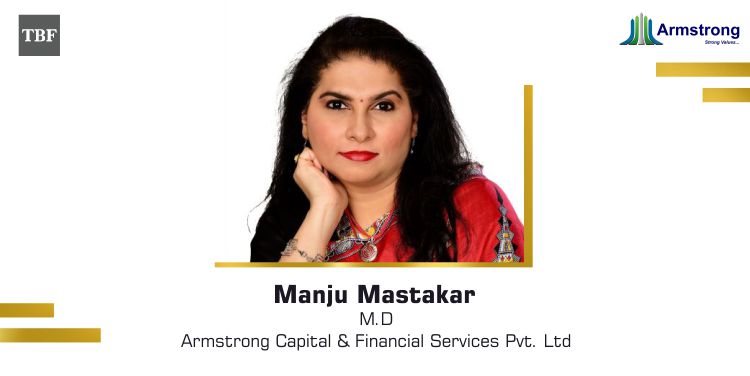Peer-to-peer lending has become a popular alternative to traditional lending. There are various peer-to-peer platforms to select from. Each one has its own set of rules that people must follow in order to lend money through them.
What is Peer to Peer Lending?
Peer-to-peer lending (P2P) is a way for businesses and individuals to lend money to one another. It allows people to borrow money directly from other people, skipping the banking institution as a middleman. Their loans can be availed by people as student loans, personal loans, marriage loans, home renovation loans, startup unsecured loans, payday loans these are all examples of peer-to-peer lending.
How Does It Work?
Most peer-to-peer lending organizations operate online and strive to operate with minimal overhead and deliver services at a cheaper cost as compared to traditional financial institutions. Most websites provide a wide variety of interest rates based on the applicant’s creditworthiness.
Peer-to-peer financing matches lenders with potential borrowers using their software. Although features may differ from one platform to another, you will find many similarities.
An investor first creates an account on the selected peer-to-peer lending site and deposits funds to be distributed as loans. The loan application submits a financial profile to which a risk category is given, which affects the interest rate the applicant will pay. The loan applicant can go over the offers and choose one. Lenders and borrowers might choose to negotiate or the process can be completely automated.
Why Should Someone Invest?
Investing in peer-to-peer lending could be a great financial decision for people who are looking for a high return rate on their investment. Here are a few reasons why you should consider investing in this domain:
- You don’t need to have lakhs to start investing in peer-to-peer lending. Depending on the company, you can start with as low as Rs. 50,000.
- You can obtain a substantially better rate of return than other assets, such as savings accounts or bonds.
- It could be your regular source of income. Once the borrower(s) start repaying the amount, you will not only get the principal amount but the return as well.
What are the Risks? and How It Is Regulated?
With many benefits, just like other businesses, there are some risks involved in investing in peer-to-peer lending as well. The primary risk involved in this investment is the borrower may start defaulting on their payments. It could be on interest or principal amount or both.
The Master Directions for NBFC Peer to Peer Lending Platform released by the RBI in 2017 control P2P lending in India. With RBI clearance, only an NBFC may register as a P2P lender. To register as a peer-to-peer lending company in India, there are some conditions to fulfill:
- The organization should be established in India and have the appropriate entrepreneurial, technological, and management capabilities to provide participants with P2P lending services.
- The company should have a sufficient financial structure and management.
- They should have submitted a business plan for conducting Peer to Peer Lending Platform operations..
How Does a Peer to Peer Platform Make Money?
P2P lending platforms provide investors probably the greatest interest rates available in the alternative investment sector, as well as borrowers a way to borrow money without the hassles associated with traditional banks.
In exchange, P2P lending services charge borrowers fixed fees or maintain a margin in interest rate (for instance, they charge interest of 10.5 percent, giving 10 percent to the lender and keep 0.5 percent for themselves). Some, on the other hand, charge investors a fee based on the profits they make.
Why Peer to Peer Lending Has a Bright Future?
The market for peer-to-peer lending in India is expected to reach $10.5 billion by 2026, rising at a CAGR of 21.6 percent over the forecast period of 2021-2026. The expansion of the peer-to-peer lending market can be ascribed to increased transparency in P2P lending thanks to technological advancements.
The Last Words
Although peer-to-peer lending is a high-risk investment, starting with a small amount could minimize the risk. This investment could be a great source of generating regular income that is required for a lot of senior citizens. Do remember that there is always a risk of default that exists so the money may yield an attractive return on capital but capital can be at risk and if there is a default you may have to write off that amount.
The article was written by Ms. Manju Mastakar – Managing Director of Armstrong Capital & Financial Services Pvt. Ltd.










